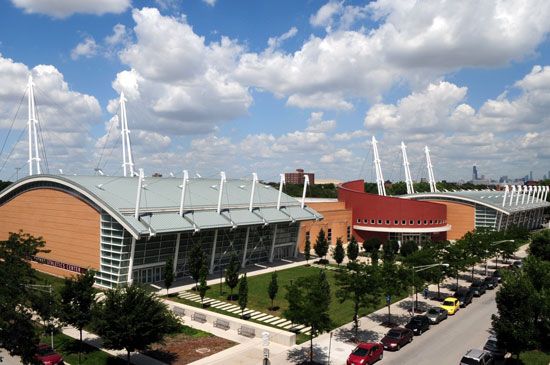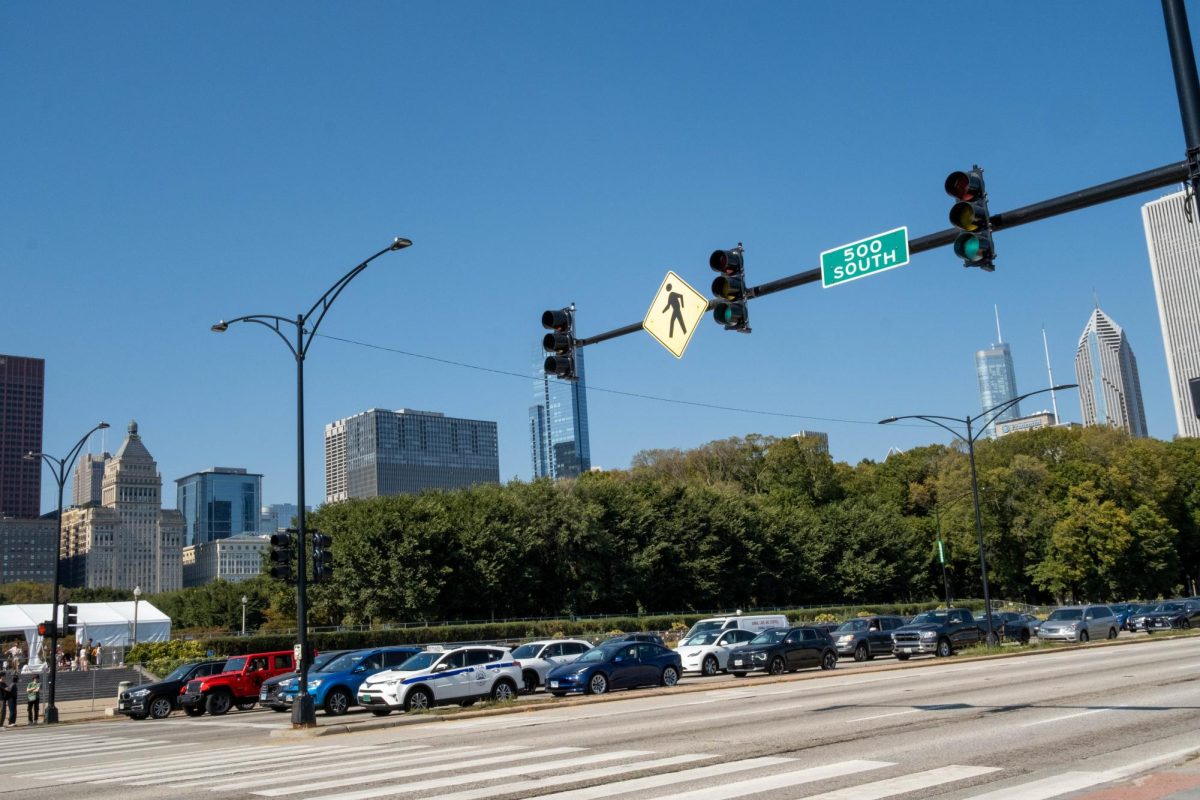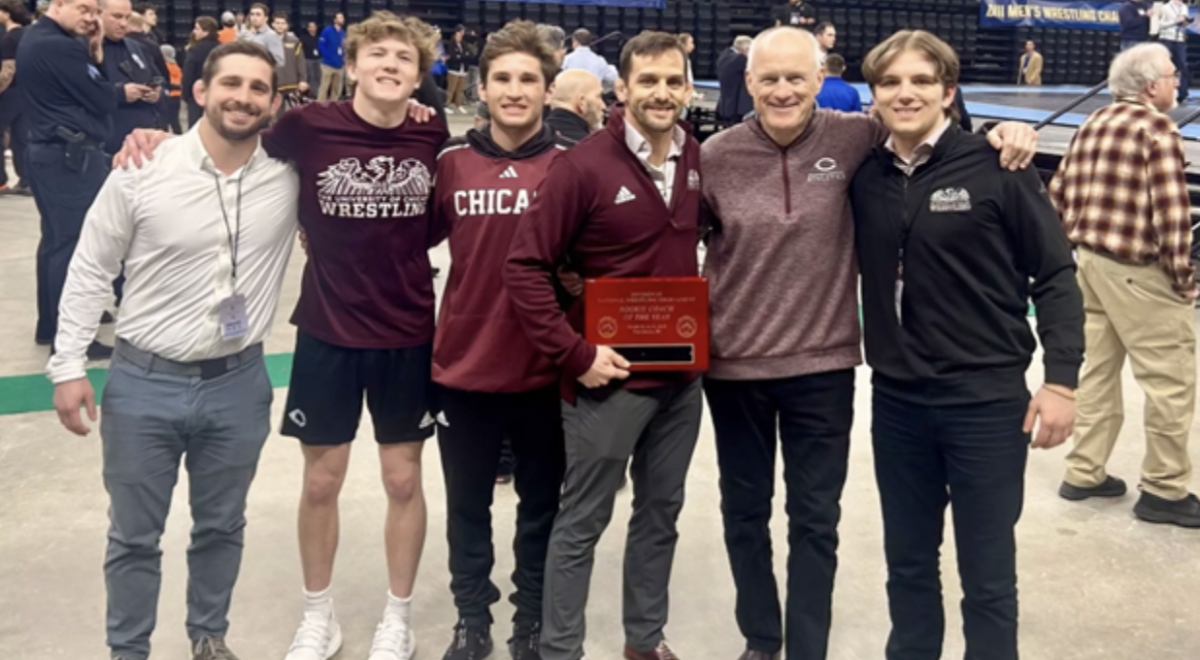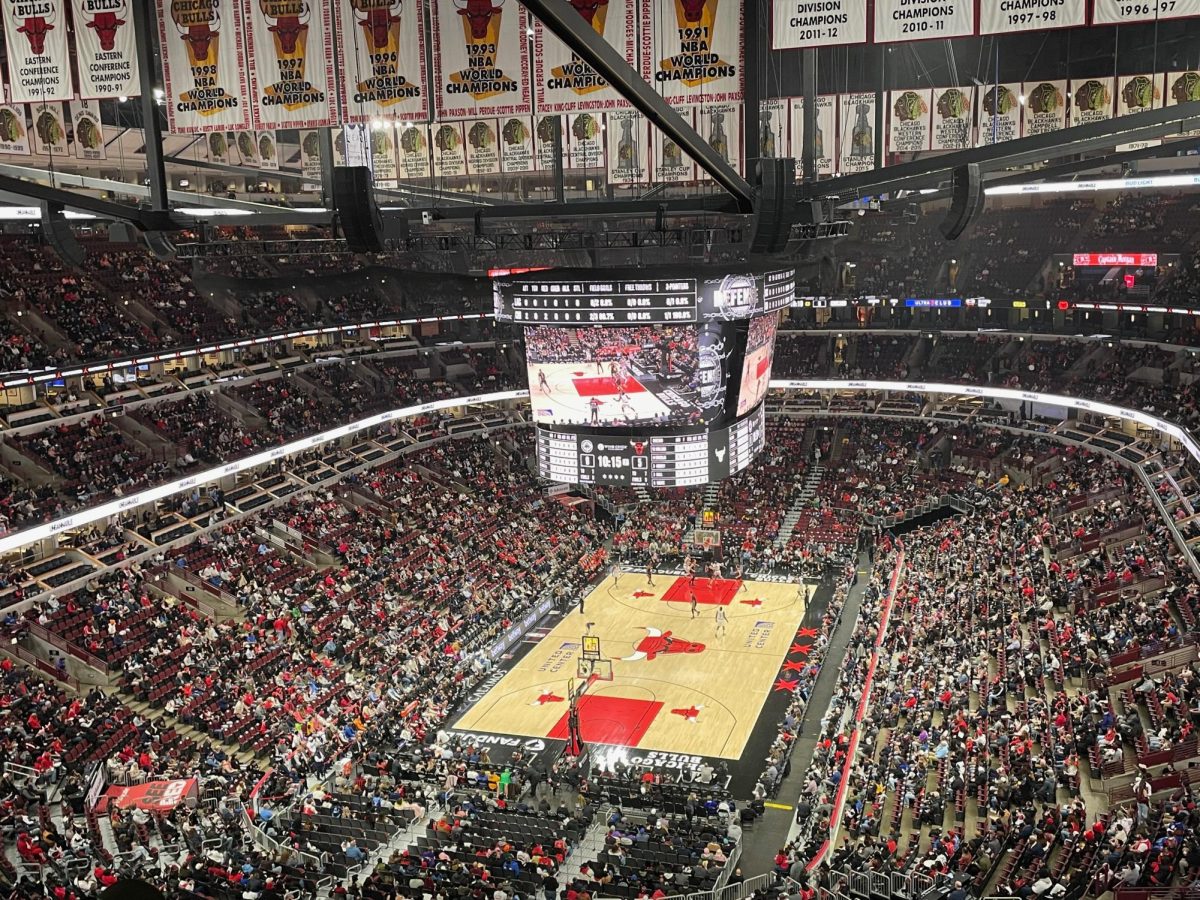As our country continues to reopen in response to the ongoing COVID-19 pandemic, we face many difficult decisions. While states are going into phases of these reopenings, ultimately life will not return to normalcy for a long time. For summer 2020, there will not be any realities of sitting in movie theaters and sporting venues, packed shoulder-to-shoulder with others. This leaves the world of professional, collegiate, and recreational athletics in extreme uncertainty.
On March 30, 2020, the International Olympic Committee announced the official delay of the 2020 Summer Olympics to 2021. This decision came with passionate efforts to act in the best interest of athletes’ health and training as well as preventing additional global spread of the virus. In the wake of the virus, many professional athletes across the globe have been forced to abstain from typical training. With pools, gymnastics gyms, and official training sites closed, these athletes were unable to properly prepare for any competition in 2020. Ultimately, this will also impact performances in the 2021 games; many athletes will have a longer, delayed return to regular, pre-pandemic training.
Professional sporting leagues are recreating the world of their athletics through intensive efforts to create the circumstances for continued play. With the MLB losing around $75 million a day, officials are keen to reopen July 4, given the right conditions. These conditions include sanitation efforts like disinfecting baseballs on a daily basis and closing games to spectators. Baseball fans will be forgoing the beloved American tradition of a summer day spent at Wrigley Field or Yankee Stadium.
While professional athletes have vested financial interest in the resuming play, the NCAA and universities must balance the desires and health of its amateur athletes. A recent NCAA survey found that 43 percent of athletes found the fear of exposure to COVID-19 as a current barrier to training. The NCAA released the Resocialization of Collegiate Sports: Action Plan Considerations in late May, as colleges around the nation prepare for the return of football and basketball players June 8. The NCAA Division I Council voted to allow universities to resume voluntary workouts and training sessions at athletic facilities, but the decision remains up to each individual college as to how to approach the return of student-athletes. The University of North Carolina, Texas A&M University, and the University of Arizona are among the schools who have announced reopening plans for the early weeks of June.
The coronavirus pandemic has wrecked financial havoc on athletic departments across the country, forcing universities to shutter entire teams. In response to the pandemic, at the Division I level, Bowling Green cut its baseball program; Central Michigan ended men’s track and field; Cincinnati eliminated its men’s soccer team; Old Dominion dropped its wrestling programs; and Wisconsin-Green Bay shut down its men’s and women’s tennis teams. The most sweeping changes were made by Brown University, which eliminated eleven programs, although the decisions were made pre-pandemic, according to the Brown athletic department. As the college football season and its $4 billion revenue stream, estimated by WashU professor Patrick Rishe, hangs in the air, we may witness more Division I athletic departments trimming down their athletic programs.
Few athletic departments at the Division III have been forced to shutter programs, due in large part to the lack of reliance on athletics-generated revenue. Only Earlham College in Indiana (men’s and women’s golf, men’s and women’s tennis) and Ohio Wesleyan (women’s rowing) have announced any eliminations. However, the NCAA has announced that the minimum competitions needed for postseason selection and sports sponsorship has been reduced by 33 percent.
What this could mean for the University of Chicago teams remains to be seen. There has been no official word from the University or athletic department administration about expectations for the 2020-21 season, but we can speculate. The Maroons might face seasons with delayed preseasons, fewer games, and more local contests. At this point, the chances of seasons being outright cancelled seem low, although, depending on the anticipated second-wave of the coronavirus and on-campus availability, it still remains a possibility.
We will continue to keep updates on the changing landscape of college athletics throughout the summer. Given the uncertainty of the upcoming fall quarter and athletic season, we will provide insight and reactions to whatever the outcome. We hope that we will be able to provide live sports analysis in the new school year for all of our readers and live through the ups and downs of our student-athletes and athletics at the University of Chicago.









